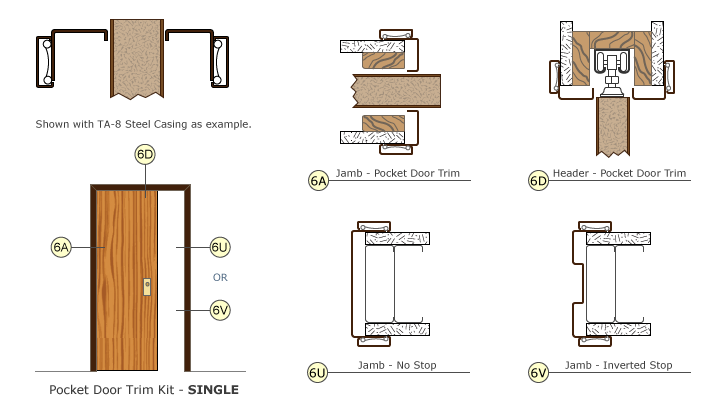
Sea Conditions: Very high waves with overhanging crests.Construction/temporary signs and barricades blow over. Land conditions: Some branches break off trees, and some small trees blow over.

Large amounts of airborne spray may begin to reduce visibility. Dense foam is blown along wind direction. Sea Conditions: High waves whose crests sometimes roll over.Land conditions: Some twigs broken from trees.Well-marked streaks of foam are blown along wind direction. Sea Conditions: Moderately high waves with breaking crests forming spindrift.Swaying of skyscrapers may be felt, especially by people on upper floors. Land conditions: Whole trees in motion.Some foam from breaking waves is blown into streaks along wind direction. Description: High wind, Moderate gale, Near gale.Land conditions: Large branches in motion.Sea Conditions: Long waves begin to form.Land conditions: Branches of a moderate size move.Sea Conditions: Moderate waves of some length.Land conditions: Dust and loose paper raised.Sea Conditions: Small waves with breaking crests.Land conditions: Leaves and smaller twigs in constant motion.Crests begin to break scattered whitecaps. Land conditions: Wind felt on exposed skin.Crests of glassy appearance, not breaking. Land conditions: Wind motion visible in smoke.Sea Conditions: Ripples without crests.The scale describing wind force devised by Admiral Sir Francis Beaufort in 1808, in which winds are graded by the effect of their force (originally, the amount of sail that a fully-rigged frigate could carry). It is estimated that more than 40,000 ships currently carry AIS class A equipment. The International Maritime Organization's (IMO) International Convention for the Safety of Life at Sea (SOLAS) requires AIS to be fitted aboard international voyaging ships with gross tonnage (GT) of 300 or more tons, and all passenger ships regardless of size. AIS is intended to assist the vessel's watch standing officers and allow maritime authorities to track and monitor vessel movements, and integrates a standardized VHF transceiver system such as a LORAN-C or Global Positioning System receiver, with other electronic navigation sensors, such as a gyrocompass or rate of turn indicator.

Information such as unique identification, position, course, and speed can be displayed on a screen or an ECDIS. These rules form the basis for assessing the design and construction of new vessels and the integrity of existing vessels and marine structures.Ī short range coastal tracking system used on ships and by Vessel Traffic Services (VTS) for identifying and locating vessels by electronically exchanging data with other nearby ships and VTS stations.

ABS' core service is the provision of classification services through the development of standards called ABS Rules. At the end of 2006, ABS was the third largest class society with a classed fleet of over 10,000 commercial vessels and offshore facilities.
#AMS TIMELY DOOR FRAMES VERIFICATION#
It is a classification society, with a mission to promote the security of life, property and the natural environment, primarily through the development and verification of standards for the design, construction and operational maintenance of marine-related facilities. The American Bureau of Shipping (ABS), first chartered in the State of New York in 1862 to certify ship captains. This is one of several classification societies with a mission to promote the security of life, property and the natural environment, primarily through the development and verification of standards for the design, construction and operational maintenance of marine-related facilities (i.e.


 0 kommentar(er)
0 kommentar(er)
